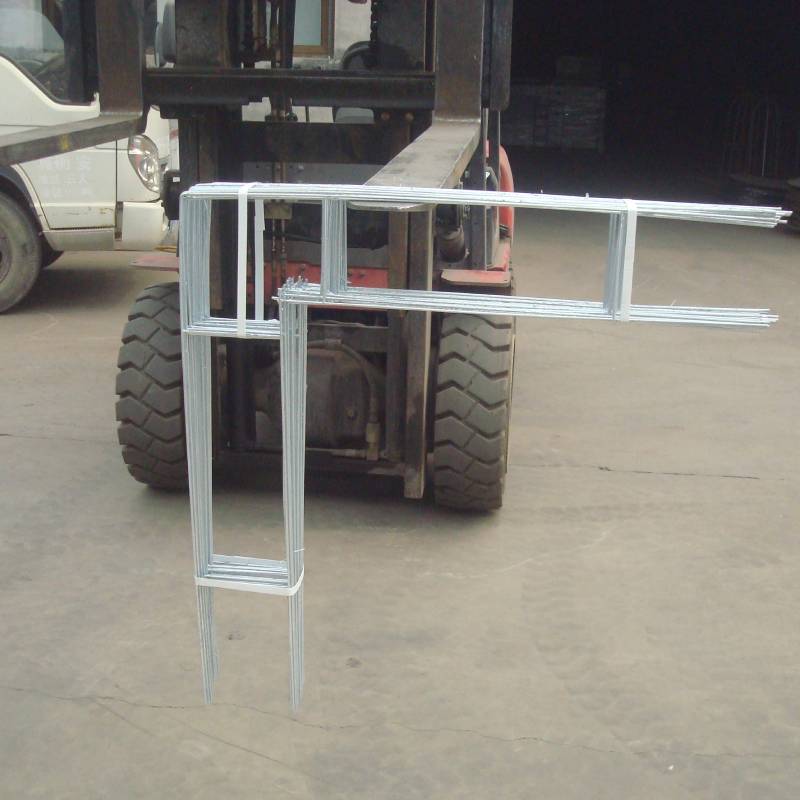
- Mobile Phone
- +8613931874955
- sales@cntcmetal.com
Exploring the Functionality and Design of Garter Spring Mechanisms in Engineering Applications
The Fascination of Garter Springs A Closer Look at Their Mechanisms and Applications
Garter springs, often overlooked in the vast landscape of mechanical components, play a crucial role in a variety of applications. These simple yet effective devices are primarily used to apply tension or compression in systems that require consistent force. Understanding the mechanics, applications, and advantages of garter springs can shed light on their significance in engineering and everyday applications.
A garter spring is essentially a coil spring that has been engineered to exert a pulling force when extended, or, conversely, a compressive force when relaxed. The design typically consists of a spiral shape that allows for flexibility and resilience, making it ideal for various applications. The material used in manufacturing these springs is often high-carbon steel or stainless steel, which ensures durability and a long lifespan. The spiral coil structure not only aids in distributing load evenly but also helps absorb shocks, making these springs essential in applications where vibrations are a concern.
In practical terms, garter springs are found in numerous devices, from motor vehicles to household items. For instance, in automotive design, they are often used in brake systems, where they provide the necessary tension to keep the braking mechanism in place. In domestic appliances, garter springs can be found in washing machines, where they help maintain the tension of drive belts, enabling smooth operation of the machine. Their versatility is one of the reasons they are preferred in various industries, including manufacturing, construction, and even aerospace.
garter spring

One of the key benefits of garter springs is their ability to withstand fatigue. Unlike traditional springs, which may lose their elasticity over time, garter springs are designed to maintain their tensile strength under repeated stress. This property not only extends the lifespan of the components they support but also reduces the need for frequent replacements, which can lead to significant cost savings in industrial applications.
Furthermore, customization is another advantage of garter springs. Manufacturers can alter the diameter, coil thickness, and material composition to create springs that meet specific requirements for various purposes. This level of adaptability ensures that engineers can find the perfect fit for their unique challenges, enhancing the overall efficiency of their systems.
In conclusion, garter springs may appear to be simple mechanical components, but their role in modern technology is anything but trivial. Their ability to provide reliable force, their endurance against fatigue, and their adaptability to various applications make them indispensable in numerous fields. As technology continues to evolve, the innovative applications of garter springs are likely to expand, showcasing their importance in both industrial and consumer products alike.
share:
-
Why Sacrificial Formwork Is Redefining Underground ConstructionNewsJun.06,2025
-
The Structural Dynamics of Modern Concrete: How Snake Spacers Revolutionize Flexible ReinforcementNewsJun.06,2025
-
Snake Spacers Smart-Lock Concrete Reinforcement with Surgical PrecisionNewsJun.06,2025
-
Snake Spacers: Reinforcement Precision for Modern Concrete ProjectsNewsJun.06,2025
-
Snake Spacers Powering Concrete's Structural DNANewsJun.06,2025
-
Slither into Success: Snake Spacers' Precision Bite for Unbreakable ReinforcementNewsJun.06,2025
-
Sacrificial Formwork: Building Stronger, Faster, and Safer StructuresNewsJun.06,2025



















